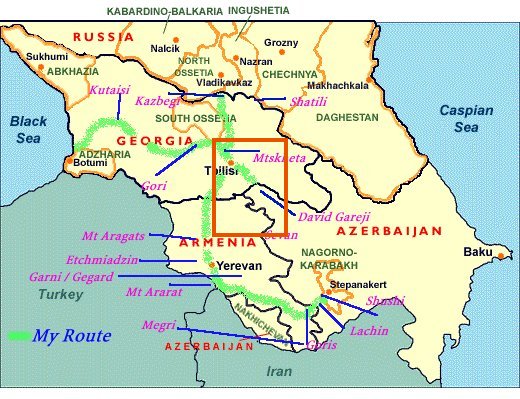We got up quite early on our first day back in Georgia after our brief visit to Armenia to go to Davit Gareja, a Georgian Orthodox cave monastery complex near the border with Azerbaijan. The complex is made up of lots of different monastery sites that included monk cells, churches, chapels and other monastic living quarters all cut out of the rock face of Mount Gareja. It is located in the Khaketi region of Georgia, famous for its vineyards and lies about 60-70 km south-east of Tbilisi, Georgia's capital and right on the border with Azerbaijan. In fact, some parts of the monastery are now in Azerbaijan which has led to some border disputes between the two countries. It was founded in the 6th century BC and was once an important centre for religious study and the arts in Georgia but it fell into decline over the centuries as repeated invasions and raids by the Mongol and Persian armies took their toll. More recently, the Soviet army turned Davit Gareja into an artillery training ground and destroyed several historic churches in the process.

Davit Gareja marked on the map of the Caucasus regions. Its spelt David Gareji here. The spelling of Georgian place names varied a lot due to problems transliterating from the Georgian alphabet to the Latin one.





